Taliban took cruelty to a new level because Danish Siddiqui was Indian, says US media report
Pulitzer Prize-winning photojournalist Danish Siddiqui was brutally murdered by the Taliban after verifying his identity, according to a US-based magazine, which said the hardline Islamic militia took their cruelty to a new level because Siddiqui was Indian
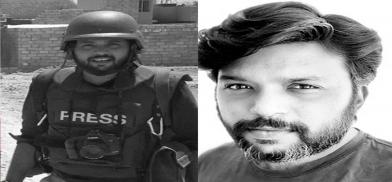
Pulitzer Prize-winning photojournalist Danish Siddiqui was brutally murdered by the Taliban after verifying his identity, according to a US-based magazine, which said the hardline Islamic militia took their cruelty to a new level because Siddiqui was Indian. If any corroboration was needed that the Taliban has not changed its spots, and it remains as brutal, fundamentalist and antagonistic towards India, Siddiqui's killing was proof of that.
India has had some some tentative contacts with the Taliban in recent weeks, especially since it looked that the Islamist insurgents might be in a position militarily to capture power in Kabul, but veteran diplomats have been opposed to any negotiations with the group, with former Indian foreign secretary Shyam Saran saying in a media comment that engaging with the Taliban, in the hope that it may not collude with Pakistan against Indian interests, would be a "flight from reality".
On July 16, Siddiqui, 38 - the New Delhi-based chief photographer for Reuters in India - was on an assignment to Afghanistan, where he was killed while covering fighting between the government troops and the Taliban in Spin Boldak district of Kandahar city bordering Pakistan.
“The circumstances of Siddiqui’s death are now clear. He was not simply killed in a crossfire, nor was he simply collateral damage; rather, he was brutally murdered by the Taliban,” said the Washington Examiner report.
The report quoted unnamed local Afghan authorities as saying that Siddiqui traveled with an Afghan National Army team to the Spin Boldak region to cover fighting between Afghan forces and the Taliban to control the lucrative border crossing with Pakistan.
“When they got to within one-third of a mile of the customs post, a Taliban attack split the team, with the commander and a few men separated from Siddiqui, who remained with three other Afghan troops.
“During this assault, a shrapnel hit Siddiqui, and so he and his team went to a local mosque where he received first aid,” the report said.
As word spread, however, that a journalist was in the mosque, the Taliban attacked.
“The local investigation suggests the Taliban attacked the mosque only because of Siddiqui’s presence there. Siddiqui was alive when the Taliban captured him. The Taliban verified Siddiqui’s identity and then executed him, as well as those with him,” according to the report. The commander and the remainder of his team died as they tried to rescue Siddiqui.
The reporter Michael Rubin said while a widely circulated public photograph shows Siddiqui’s face recognizable, he reviewed other photographs and a video of Siddiqui’s body provided to him by a source in the Indian government “that show the Taliban beat Siddiqui around the head and then riddled his body with bullets”.
The report said the Taliban’s decision to hunt down, execute Siddiqui, and then mutilate his corpse shows “that they do not respect the rules of war or conventions that govern the behavior of the global community”.
Drawing parallels between the Taliban and Khmer Rouge – that ruled Cambodia between 1975 and 1979 presiding over a genocide that left 1.5-2 million dead in the country – the report said “Both infused radical ideology with racist animus”.
“The Taliban are always brutal but likely took their cruelty to a new level because Siddiqui was Indian. They also want to signal that Western journalists are not welcome in any Afghanistan they control and that they expect Taliban propaganda to be accepted as truth,” the Examiner said.



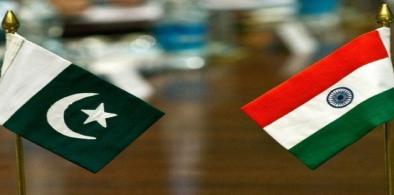

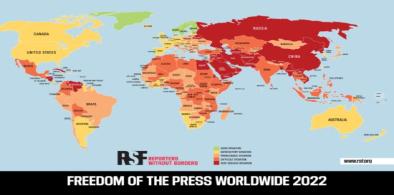
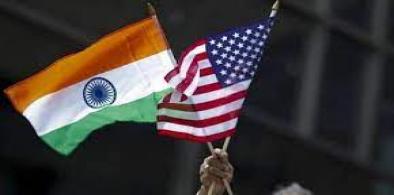
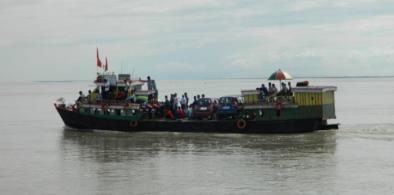
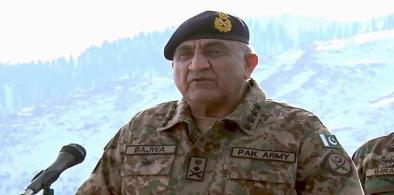


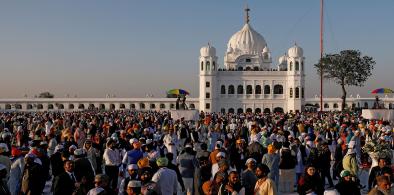




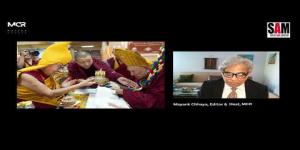


Post a Comment